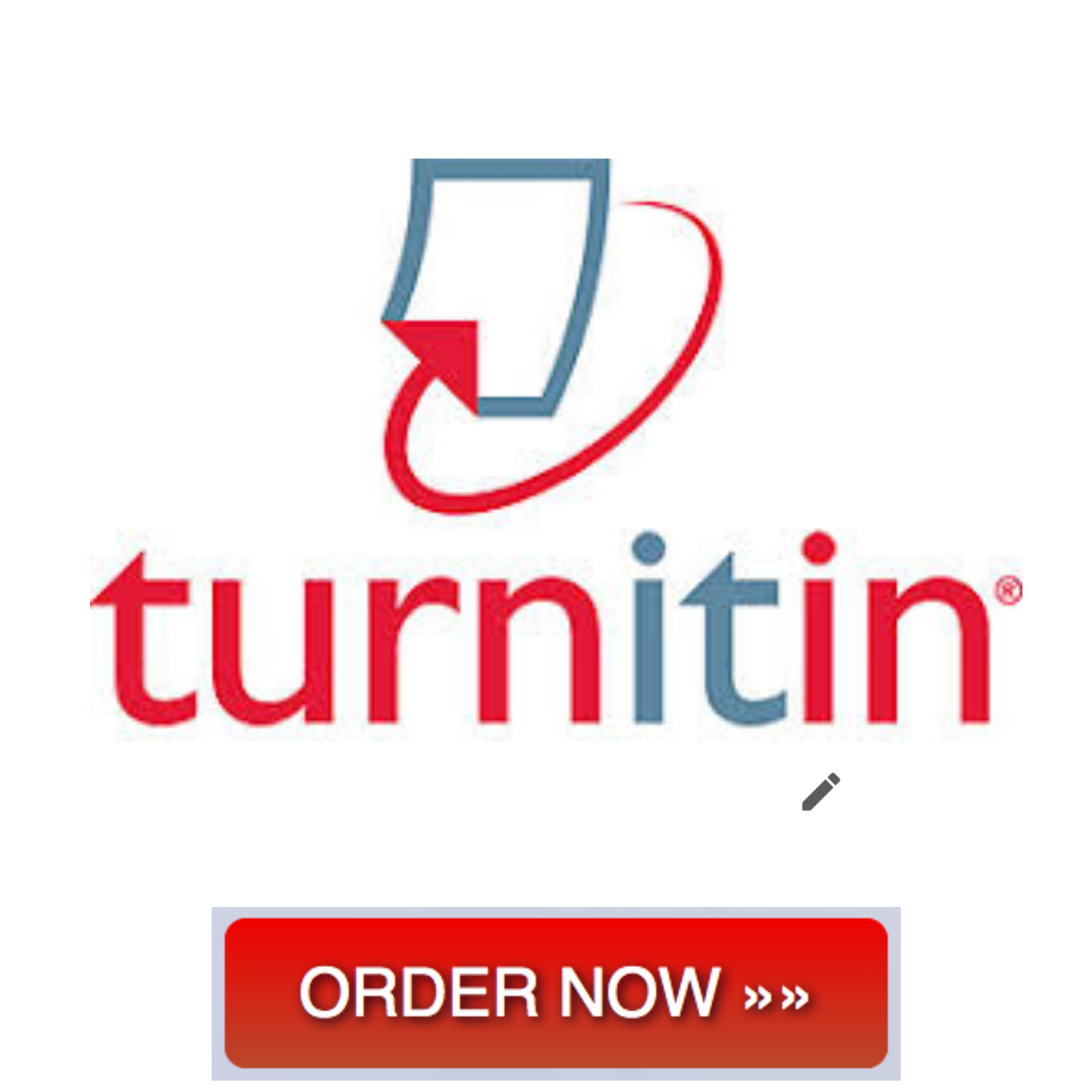style=”text-align: justify;”>Trends in display advertising
Half of page per response to my peers, with references, use first person, thank you. Discussion attached.
Respond in one or more of the following ways:
1)Ask a probing question, substantiated with additional background information, evidence, or research using an in-text citation in APA format.
2)Share an insight from having read your colleagues’ postings, synthesizing the information to provide new perspectives.
3)Validate an idea with your own experience and additional research.
4)Expand on your colleagues’ postings by providing additional insights or contrasting perspectives based on readings and evidence.
(Beverly)
Evaluation of Organization’s use of EBP
At one organization where I work on weekends (Health Department), EBP is very important when evaluating policies and procedures and meeting projected goals. Health Horizons is a prevention program funded by Centers for Disease Control and Prevention (CDC) and contracted through the Department of Health State Services (DHSS). This program is targeted to prevent Human Immunodeficiency Virus (HIV) and sexually transmitted infections (STI) in higher risk populations.
A very vital part of this EBP is to identify the higher risk populations and identify a gatekeeper within that population as a leader. The leader is educated and delegated to organize a group within the selected population for what we now call an education extravaganza. This extravaganza is somewhat a party. The participants is served a meal, play fun educational games, receive a $25.00 Walmart gift card for participation and they are offered free HIV and syphilis testing. Providing such incentives furthers this organizational culture and policies.
The leader of the group work closely with the organization’s team members to identify the high risk activities, develop a risk reduction plan, evaluate the plan and document their findings. If the outcomes are proven to be reduction in high risk activities, the outcomes are implemented in the annual renewal of proposal plans and monitored by DHSS for funding purposes. By identifying a gatekeeper for the group activities, the group members are more trusting and staff is able to build a rapport with the members to elicit honest information that assist with identifying the high risk activities.
Disseminate the Findings and Strengthening the Culture of EBP within the Organization
The concept of EBP has continued to evolve in the nursing profession as the basis for clinical decision-making (Steurer, 2010).
I could disseminate the findings by maintaining documentation of the members that participate in the groups each month. This documentation will consist of the high risk activities reported, number of members per group, number of member tested, test results and educational pre and post testing. This information will be reported in the monthly reports, quarter reports, annual reports and the proposal for funding renewal. The culture of the EBP will be strengthened within the organization by continuing to advertise and encourage participation from all departments within the organization. In addition, all departments will be educated on new policies, procedures and outcomes of the group activities.
Educational sessions are a necessary step in raising knowledge and commitment but must be combined with other strategies to be effective (Cullen & Adams, 2012). It is crucial that all departments work together as a team and not segregated as departments.
Nurse’s responsibility to further the use of EBP
Nurses in leadership positions have responsibility for provision of evidence-based healthcare that meets the expectations of patients, families, regulators and others (Cullen & Adams, 2012). Nurses need the empowerment to improve the patient’s outcome. It is important that nurses not only have the guidance to identify effective EBP, but it is just as important to understand the implementation and evaluation process of the EBP.
Resources
Cullen, L., & Adams, S. L. (2012). Planning for implementation of evidence-based practice. Journal of Nursing Administration, 42(4), 222–230.
Retrieved from the Walden Library databases.
Steurer, L. M.(2010). An evidence-based practice scholars program: One institution’s journey toward excellence. Journal of Continuing Education in Nursing, 41(3), 139–143.
Retrieved from the Walden Library databases.
(Tony)
Evidenced-Based Practice
At the health-care organization I currently work at, they consistently participate in monitoring and evaluating new evidence-based practices (EBP) to ensure that the patients are receiving the highest quality of care possible. If new evidence-based practice shows changes that need to be made, my organization does so through policies changes. We have a very active Institutional Review
Board that oversees and supports research studies for our organization. Currently at my facility, we have a few studies and one study renewal that is active. It seems that all of the studies that are being performed at this time only include physicians and nurse practitioners. I do not understand why nurses are not incorporated into the studies at my facility. It seems like the studies are limited to a higher education level, such as physicians or nurse practitioners, and not to nurses without a BSN or MSN degree. In my opinion, research has to be done to ensure the achievement of evidence-based practice, which has a direct effect on health-care policies. The nurses without a higher level of education, that are responsible for aiding to the research, are not participating in the studies. Why?
I understand that the hospital is on a budget, but the research studies should be calculated and money set aside for such practice. It is very important for health-care organizations to understand that evidence-based practice research studies should be a core component of the hospital budget, as opposed
to optional extras that the organization can discard at a time of financial constraint (Aitken,
Hackwood, Crouch, Clayton, West, Carney, Jack, 2011). A meeting needs to held to show administrative
members the importance of evidence-based practice and how it impacts the health-care system. At the
meeting, pamphlets of evidence-based study examples with their impact on the health-care system, could
be given out to member to help comprehend the importance of these studies. A slide show could also be
included in the meeting to show the cost effectiveness of evidence-based practice when utilized at
health-care organizations. By providing this information to the members of the organization, maybe
funding would be added to the organizations budget to promote evidence-based practice.
Strengthening EBP
One of the major steps in strengthening evidence-based practice at any health-care
organization is having full cooperation of all members of the organization. Providing a proposal for a
research project quarterly to the board members would allow health-care providers plenty of time to
create a presentation on the topic of concern. Involving nurses in the research study would be
beneficial to the research study. Nurses would aid in the study by adding critical data and important
interventions that are needed to improve the area of concern. After the researchers are ready to reveal
the results, a source of presentation will be established with a specific audience to present to (Polit
& Beck, 2012). Researchers need to choose wisely the data to be presented with the incorporation of
graphs and tables (Polit & Beck, 2012).
Responsibility
Nurses are responsible for providing every patient with the highest level of care possible.
For nurses to provide this level of care, evidence-based practice must be utilized by the health-care
organization. Nurses are key components of data collection and research studies to create EBP because
they are at the center of all interventions and activities of the patient (Aitken et al., 2011). With
EBP being utilized, nurses can offer care at the highest level possible with the most up-to-date
procedures. Nurses play an important role in the adoption of new health-care knowledge because of the
close personal care of patient needs. Excellent clinical practice comes from a continuous pursuit of
wanting to gain new knowledge from individual patient needs. (Barnsteiner, Reeder, Palma, Preston,
Walton, 2010). With nurses becoming participates in the research environment centered on patients, they
are contributing to the design and delivery of care (Barnsteiner et al., 2010). Nursing practice is an
ongoing continuous change that needs to be based off of EBP to ensure that every patient and their
family will receive the highest level of care possible.
References
Aitken, L. M., Hackwood, B, Crouch, S., Clayton, S., West, N., Carney, D., & Jack, L. (2011). Creating
an environment to implement and sustain evidence based practice: A developmental process. Australian
Critical Care, 24(4), 244–254.
Barnsteiner, J. H., Reeder, V. C., Palma, W. H., Preston, A. M., & Walton, M. K. (2010). Promoting
evidence-based practice and translational research. Nursing Administration Quarterly, 34(3), 217–225.
Polit, D. F., & Beck, C. T. (2012). Nursing research: Generating and assessing evidence for nursing
practice (Laureate Education, Inc., custom ed.). Philadelphia, PA: Lippincott Williams & Wilkins.
Place this order with us and get 18% discount now! to earn your discount enter this code: summer17 If you need assistance chat with us now by clicking the live chat button.
Consumer behaviour
admin | August 12, 2015
Assignment 1
Context
Consumer behavior is one of the most interesting topics in the discipline of marketing. Attempting to
understand why consumers buy certain products but not others or why a particular product becomes a
must-have item is fascinating detective work. To engage in these types of activities, it is necessary to
understand the role of consumer behavior within the discipline of marketing, as well as the different
approaches to consumer decision-making. Although understanding precisely why consumers behave the way
they do is not always possible, it is generally possible to understand themes, or the overarching
rationale, for certain types of behavior. For example, convenience is a theme that pervades an enormous
number of goods and services.
The wide range of consumer preferences creates many different categories of customers and a large number
of choices of products. Because of the variability within consumer behavior, it is important to know how
consumer behavior has evolved and what trends may appear in the future. By understanding how consumer
decision-making impacts the products that are available now and in the future, marketers may help direct
their companies to decisions that meet customer needs and bring greater profitability.
The Assessment 1 Context document contains important information related to the following topics:
• Targeting to Customer Preferences.
• Consumer Decision-making Process.
Instructions:
As consumers, we all undergo a decision-making process when considering which products to purchase and
use. Choose a complex purchasing decision of which you have been a part in your personal life or in your
job. Using a decision-making model of your own choosing and your chosen complex purchasing decision,
complete the following:
•Define your chosen decision-making model.
•Describe, in detail, how you experienced each step in this consumer decision-making model as it applies
to your complex purchasing decision.
•For clarity, describe each step in a separate paragraph.
Guidelines:Use proper APA style and formatting. The content of your assessment should determine its
length.
Place this order with us and get 18% discount now! to earn your discount enter this code: summer17 If you need assistance chat with us now by clicking the live chat button.
Module Six – Display Advertising
admin | August 12, 2015
This module covers display advertising, one of the earliest digital advertising formats that have been
in constant evolution. The module reviews the role and characteristics of display advertising and
focuses on the latest advances, including online video advertising, native advertising, and content
marketing, as well as programmatic buying and real-time bidding.
Objectives
Understand the various formats of display advertising.
Able to design native advertising and content marketing.
Informed of targeting methods and programmatic buying basics.
Lecture
The lecture introduces various types of display advertising and compares their strengths and weaknesses,
reviews the development of native advertising and associated issues, and covers the trends in real-time
bidding and programmatic buying.
Assignments
1 Display Ad and Me (250 words)
For this essay, please recall a recent experience you had with a display ad of any type, in which you
(1) viewed the ad in its entirety, (2) thought about the meaning of the ad and its advertised product,
and (3) intended or did not intend to buy the advertised product then or later. Then, please identify
and analyze the factors that affected your response to the ad.
2 Reflection (500 words)
For this reflection, please synthesize the lecture and readings to identify three of the most important
trends in display advertising that you believe will continue in the next few years and then explain the
reasons you believe so. Cite the lecture or readings where appropriate.
3 Display Ad Design (750 words)
For this project, you will design three mock-up display ads for your chosen brand. First, you should
come up with a big idea for the ads, in light of the consumer insight of your chosen brand. The big idea
is the creative strategy what to say in the ad. Next, select three ad types you like from the IAB
Display Advertising Guidelines (http://www.iab.net/guidelines/508676/508767/displayguidelines). The ad
types must be IAB standard ad types. And finally, use any graphic design software you are familiar with
to make the mock-up ads.
Your project report should include the following:
The big idea for the ads and why it may work for the target audience.
Three finished mock-up ads.
Beneath each ad, the specifics of the ad, including the IAB official type name, initial dimensions in
pixels, and ad type family (For example, ad type Filmstrip belongs to the Digital Video Raising Stars
family).
Any inspirations or difficulties that you encountered in this project.
Submission
Please follow the file naming convention and submit all assignment to the module dropbox by 5 pm EDT of
this Friday. Late assignment will be reviewed and commented but receive no credit, except in documented
emergency.
Is this your assignment or some part of it?
We can do it for you! Click to Order!








